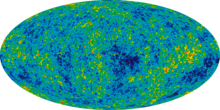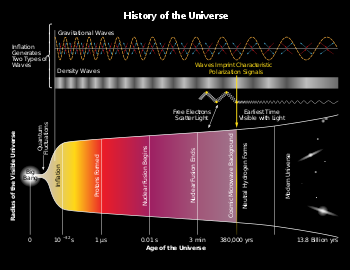New Galactic Supercluster Map
Shows Milky Way's 'Heavenly' Home
http://www.space.com/27016-galaxy-supercluster-laniakea-milky-way-home.html#undefined.gbpl
by Charles Q. Choi, Space.com Contributor
September 3, 2014
A new cosmic map is giving scientists an unprecedented look at the boundaries for the giant supercluster that is home to Earth's own Milky Way galaxy and many others. Scientists even have a name for the colossal galactic group: Laniakea, Hawaiian for "immeasurable heaven."
The scientists responsible for the new 3D map suggest that the newfound Laniakea supercluster of galaxies may even be part of a still-larger structure they have not fully defined yet.
"We live in something called 'the cosmic web,' where galaxies are connected in tendrils separated by giant voids," said lead study author Brent Tully, an astronomer at the University of Hawaii at Honolulu.
Galaxies are not spread randomly throughout the universe. Instead, they clump in groups, such as the one Earth is in, the Local Group, which contains dozens of galaxies. In turn, these groups are part of massive clusters made up of hundreds of galaxies, all interconnected in a web of filaments in which galaxies are strung like pearls. The colossal structures known as superclusters form at the intersections of filaments.
The giant structures making up the universe often have unclear boundaries. To better define these structures, astronomers examined Cosmicflows-2, the largest-ever catalog of the motions of galaxies, reasoning that each galaxy belongs to the structure whose gravity is making it flow toward.
"We have a new way of defining large-scale structures from the velocities of galaxies rather than just looking at their distribution in the sky," Tully said.
Laniakea: Our Supercluster Home
The new 3D map developed by Tully and colleagues shows that the Milky Way galaxy resides in the outskirts of the Laniakea Supercluster, which is about 520 million light-years wide. The supercluster is made up of about 100,000 galaxies with a total mass about 100 million billion times that of the sun. [How Computers Simulate the Universe (Infographic)]
The name Laniakea was suggested by Nawa'a Napoleon, who teaches Hawaiian language at Kapiolani Community College in Hawaii. The name is meant to honor Polynesian navigators who used their knowledge of the heavens to make long voyages across the immensity of the Pacific Ocean.
"We live in the Local Group, which is part of the Local Sheet next to the Local Void — we wanted to come up with something a little more exciting than 'Local,'" Tully told Space.com.
This supercluster also includes the Virgo cluster and Norma-Hydra-Centaurus, otherwise known as the Great Attractor. These new findings help clear up the role of the Great Attractor, which is a problem that has kept astronomers busy for 30 years. Within the Laniakea Supercluster, the motions of galaxies are directed inward, as water flows in descending paths down a valley, and the Great Attractor acts like a large flat-bottomed gravitational valley with a sphere of attraction that extends across the Laniakea Supercluster.
Tully noted Laniakea could be part of an even larger structure:
"We probably need to measure to another factor of three in distance to explain our local motion," Tully said. "We might find that we have to come up with another name for something larger than we're a part of — we're entertaining that as a real possibility."
Laniakea: Our home supercluster
The Laniakea Supercluster of Galaxies
Schematic Visualization
* * * * * * * * * *
 |
| Laniakea Supercluster |
Additional References
Images - click here
Google Search - click here
 |
| Laniakea Supercluster diagram |
 |
| Laniakea Supercluster diagram |
 |
| Laniakea Supercluster diagram with distances |
Our Milky Way Galaxy
 |
| The Milky Way seen from the Rocky Mountains, USA |
 |
| Where Earth is in the Milky Way |
 |
| The Milky Way on a Summer's Eve |
























